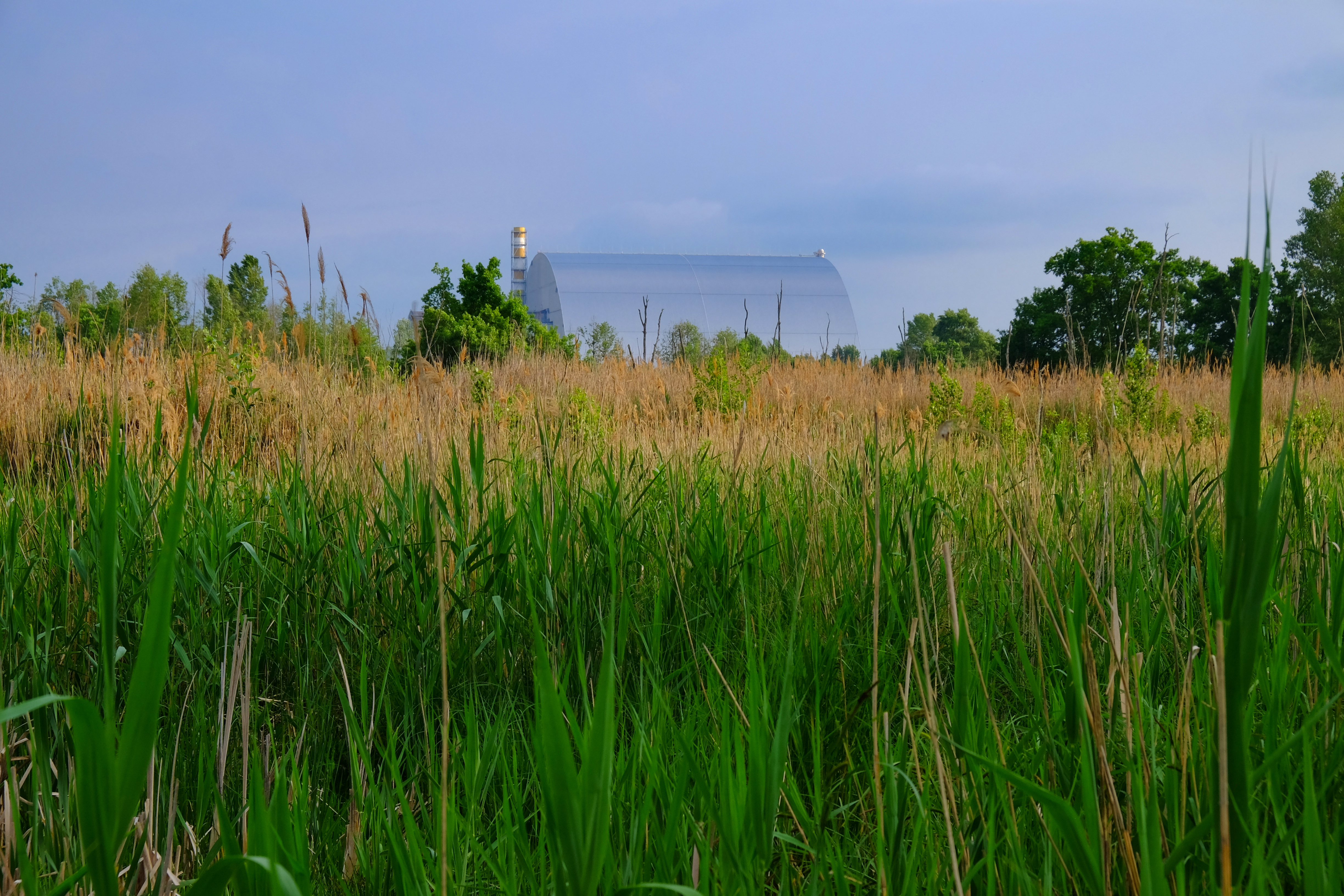The Doñana Biological Station participates in the most exhaustive study of the microbial communities of the Chornobyl Exclusion Zone. The work, led by the University of Oviedo, finds the same values of diversity and richness of microorganisms in the wetlands sampled inside and outside the exclusion zone.
The study also detects several bacteria that are more abundant in areas with high levels of radiation, including some known to be resistant to radiation.
The most exhaustive study on microbial communities within the Chornobyl Exclusion Zone has revealed a great diversity of bacteria and several signs of adaptation to radiation released after the nuclear accident. This research has been carried out by the University of Oviedo and the Doñana Biological Station – CSIC and has recently been published in Environmental Pollution. The scientific team has found the same levels of diversity and richness in the wetlands sampled inside and outside the Exclusion Zone. They also detected several bacteria showing higher abundance in areas with extreme radiation levels, which indicates their adaptation potential.
Germán Orizaola, a researcher at the Organisms and Systems Biology at the University of Oviedo, recalls that it has just been 37 years since the accident at reactor number 4 of the Chornobyl nuclear power plant, which caused the largest release of radioactive substances into the environment in history. "Several studies have examined the impact of the accident on nature and the renaturalization processes currently developed in the zone affected by radioactive contamination". However, few studies have analysed the situation of microbial communities, despite their crucial role in maintaining the ecosystem functions, due to their implications in the retention and release of carbon and main soil nutrients", he highlights.
The field study was carried out in spring 2019 in different zones in Northern Ukraine, both inside and outside Chornobyl Exclusion Zone. The team visited a total of 21 wetlands where they took water, sediment and soil samples to analyse the composition of microbial communities in the three environments. These localities are distributed along a gradient of radiation, from areas with basal levels of radiation (not contaminated) to areas affected by the highest levels of radiation when the accident took place. Once the samples were sent to the labs, they used metagenomic and bioinformatic analyses to characterize the composition and diversity of the microbial communities of each location.
The team found more than 20.000 different taxon of microorganisms in the locations examined. The analyses showed that Chornobyl wetlands maintain rich and diverse microbial communities three decades after the accident. "The richness and diversity of microbial communities in sediments, soil and water were similar among the wetlands sampled inside and outside the Exclusion Zone. These parameters were not affected by the different levels of radiation", explains the researcher. The composition of microbial communities did show some differences in their composition associated with radiation, since several groups of bacteria were especially abundant in zones with the highest levels of radiation. "These microorganisms mainly corresponded with bacteria common in radioactive environments (uranium mines, nuclear waste storage areas…). They are capable of reducing the uranium and other metals and suggest the existence of radiation adaptation patterns at community level in microorganisms present in the area", comments Orizaola.
These results are consistent with previous studies revealing that Chornobyl Exclusion Zone currently maintain fully functional ecosystems, hosting a great diversity of organisms, from the great threatened fauna (bears, lynxes, wolves…) to rich bacteria communities and showing in some cases signals suggesting the adaptation to radioactive environments.
"The study of the ecosystems in the aress affected by the nuclear accident is crucial for a correct evaluation of the environmental impact and the design of measures as a response to potential future accidents. In addition, it provides key information to understand the renaturalization process of the area", concludes the researcher.
The study has been carried out in collaboration with researchers at the Brown University and the Doñana Biological Station – CSIC.
Referencia:
Videvall, Elin; Burraco, Pablo; Orizaola, Germán 2023. Impact of ionizing radiation on the environmental microbiomes of Chornobyl wetlands. Environmental Pollution 330, 121774. https://doi.org/10.1016/j.envpol.2023.121774
https://doi.org/10.1016/j.envpol.2023.121774/

